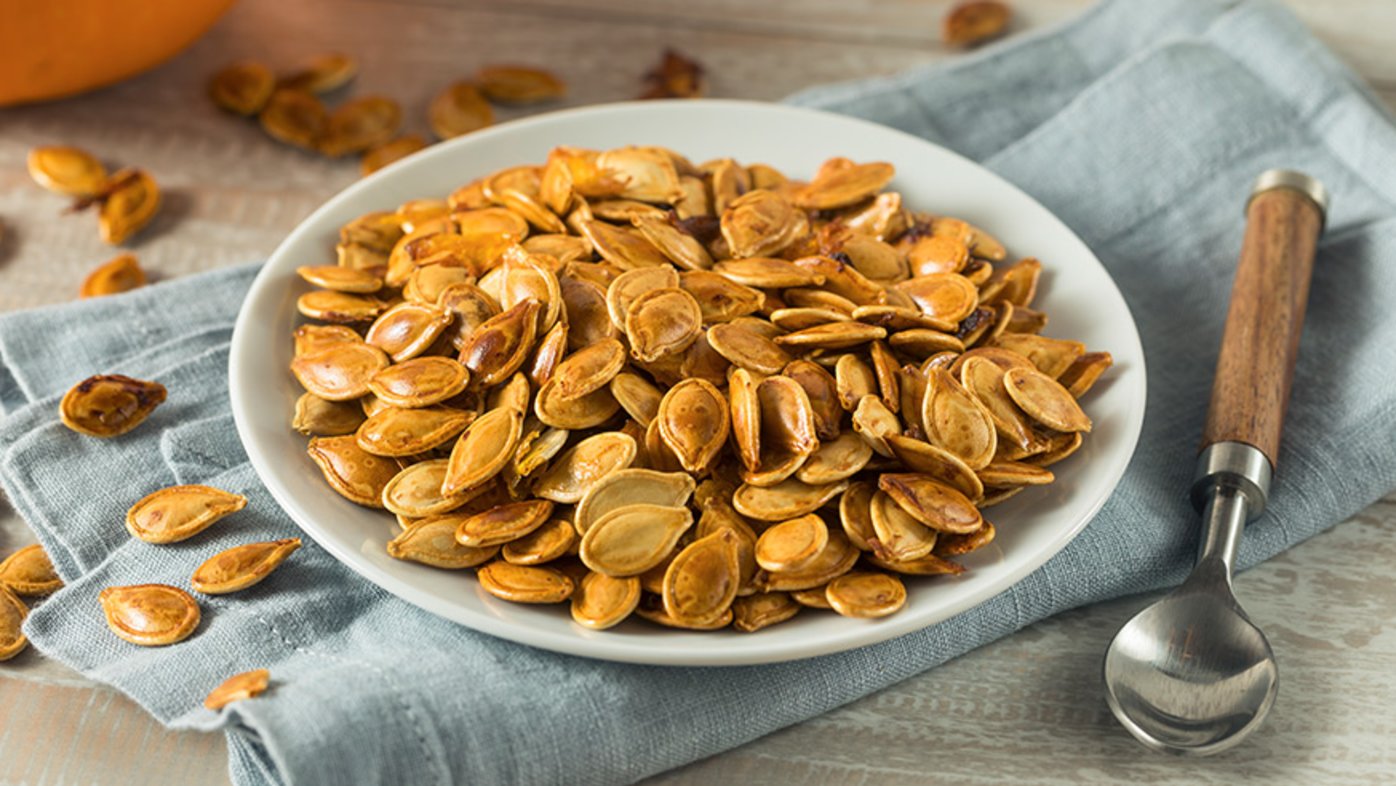
Health benefits of pumpkin seeds
Pumpkin seeds are loaded with the nutrients our bodies need.
After picking the right sunscreen and applying thoroughly before stepping out into the sun, you feel invincible. That is, until a bright red and sensitive sunburn reminds you that you forgot to reapply — or that you missed a spot.
According to Dr. Galina Stetsenko, a board-certified dermatologist with Sharp Rees-Stealy Medical Group, a sunburn is redness and swelling caused by excessive skin exposure to the UV radiation of the sun. “Under a microscope, sunburned skin shows damaged cells and fewer immune cells that defend your skin,” she says.
Dr. Stetsenko notes that sunburns are more common when more UV radiation reaches the earth’s surface — for example, between the hours of 10 am and 2 pm, at high altitudes, in geographic locations closer to the equator and on clear, sunny days.
By the time you notice a sunburn, the damage is already done. Still, the most important first step is to get out of the sun as quickly as possible, seek shade and cover up with clothing.
Dr. So shares these five ways to provide instant relief to your damaged skin after spending a long day in the sun.
Take a cold shower or apply a cold compress
Cool showers, baths or compresses can help temporarily relieve the discomfort associated with sunburns. Dr. Stetsenko reminds you not to scrub the skin — excessive scrubbing can cause more damage to the skin and slows healing.
Take ibuprofen or aspirin
Over-the-counter ibuprofen or aspirin can be very helpful for decreasing the swelling and redness associated with skin inflammation.
Drink a bunch of water
Sunburns cause excess water to be lost through the skin so drinking extra water — but not in excess — is important to replenish these lost fluids and prevent dehydration.
Topical over-the-counter creams
Small amounts of topical over-the-counter creams, such as hydrocortisone, can help decrease inflammation of recently sunburned skin; keeping the cream in the refrigerator also helps cool the skin.
Apply liberal moisturizer to help the skin heal — plain petroleum jelly, such as Vaseline, works great. Dr. Stetsenko generally recommends avoiding topical antibiotic ointments and anesthetic gels, as these are a common cause of allergic rashes.
Don’t pick!
The skin peels as a natural process to shed the damaged cells after a sunburn. Prematurely pulling or peeling away the skin after a burn is not recommended because it removes your skin’s defense layer, which protects it from infection and excessive fluid loss.
“Sunburns, and even repeated overexposure to the sun short of burning, cause long-lasting damage to the skin,” warns Dr. Stetsenko. “This includes premature aging and wrinkles, brown spots, and precancerous and cancerous growths.”
Sunlight exposure is the most preventable risk factor for all types of skin cancer. Just one blistering sunburn doubles your likelihood of developing skin cancer, and more than five severe sunburns doubles your risk for an aggressive type of skin cancer called melanoma.
Dr. Stetsenko recommends using a broad-spectrum sunscreen, either lotion or spray, with an SPF of 30 or higher and reapplying every 90 minutes or so. Wearing protective clothing and wide-brimmed hats can also help shield your skin from damaging UV radiation.
The easiest way to reduce your risk of skin cancer is to avoid a sunburn in the first place.
Our weekly email brings you the latest health tips, recipes and stories.